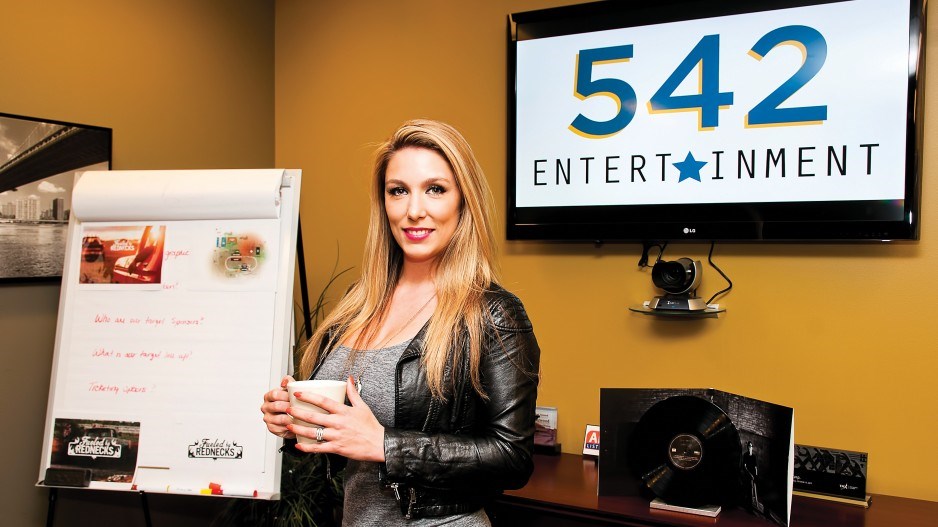Summer means getting out to do summer things – hike, golf, fish, go somewhere. Increasingly, that somewhere is a festival.
Over the past dozen years, there’s been a boom in the number of music, arts, food, wine and sports festivals throughout British Columbia and North America, all of them looking for entertainment. That explosion, coupled with a low Canadian dollar, poses major challenges for festival organizers.
“Entertainment options have multiplied,” said John Orysik, co-founder and media director of the TD Vancouver International Jazz Festival. “When we started the festival [in 1985], there were only a few festivals in Vancouver. Now, there’s one every week.”
Linda Tanaka, artistic managing director of the Vancouver Folk Music Festival, says the large number of events makes it more difficult to book acts.
“Artists are in demand, and a lot of artists can get more money in Europe, where the cities are close together,” Tanaka said. “They will schedule North American tours in the spring or the fall and do Europe in the summer.”
During the summer festival season, artist fees can rise; many artists, or at least their managers, view festivals as cash cows. A couple of years ago it was rumoured that a major rock act wanted $900,000 for a single appearance at the Squamish Valley Music Festival. That event ceased operation this year.
To save on overhead, the Vancouver folk festival shares artist travel costs with other folk festivals in Western Canada. At the jazz festival, travel costs are the artists’ responsibility, though they may become part of the artist fee.
Both festivals take advantage of funding bodies from other countries. Ever wonder why there are so many Scandinavian bands at the jazz festival? Music aside, they are cheaper to book than a big-name U.S. band.
Orysik said the jazz festival pays most European acts in Canadian dollars, saving the hit it would take to pay in U.S. currency.
The cost of the big acts leaves opportunities for Canadian artists at large productions like the jazz and folk festivals, and at smaller events.
That’s where a company like Vancouver’s 542 Entertainment comes in. A talent buyer and event producer that focuses on festivals, 542 not only books the acts, but also handles logistics like contract details, immigration, production equipment, backstage management, flights and hotels, and, in some cases, it assigns contractors to take care of specific details.
“We have a full-service, large-scale event and festival business model,” said Emmalee Brunt, 542 Entertainment’s vice-president of marketing. “It can be mix and match, pick and choose whatever services you need, whether it’s from the ground up or a specific need.”
Brunt said the company is working with two new clients who want 542 to handle all facets of the event. In that kind of case, what 542 requires is a budget, so the company’s five-person team can work out details. It also helps if the client has secured a venue.
“542 does our talent buying,” said Sarah Squires, marketing manager of Eastbound Hoedown, a three-year-old country music festival in Avondale, Newfoundland. “[542 president] Billie Jo Aasen is amazing, buying our talent and helping us build our festival.”
Of course, no annual event will survive without generating new audiences. The jazz festival has more free shows than ticketed ones – shows where parents can bring their kids without breaking the bank. The folk festival charges no admission for those under 13.
“We’ve had people who’ve played the festival who said they used to come with their family,” said Tanaka. “Some say their first experience here was in the womb.”




